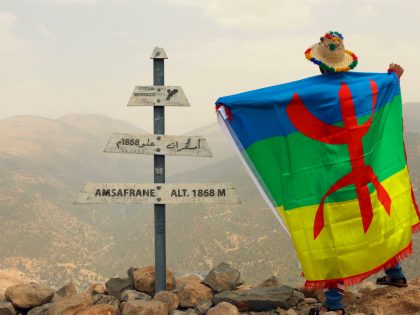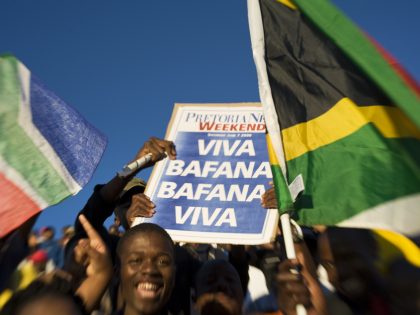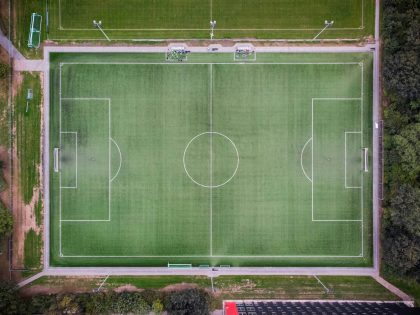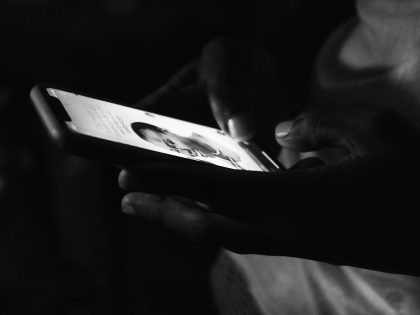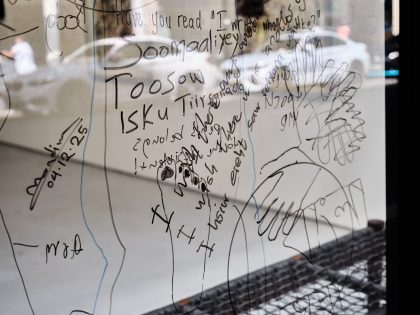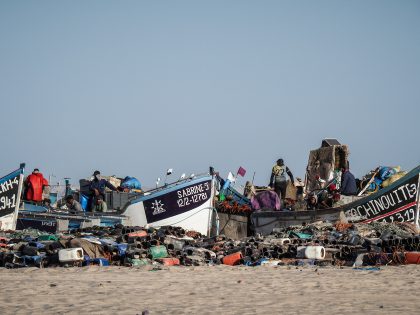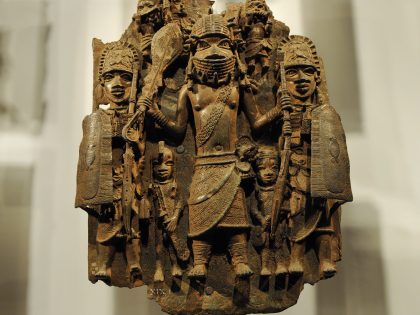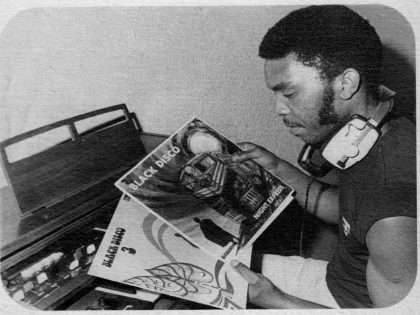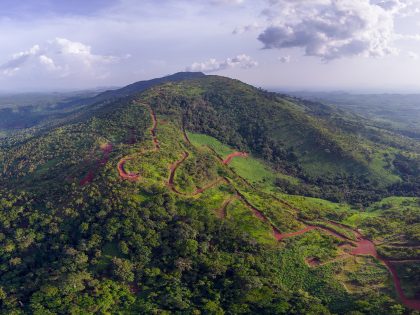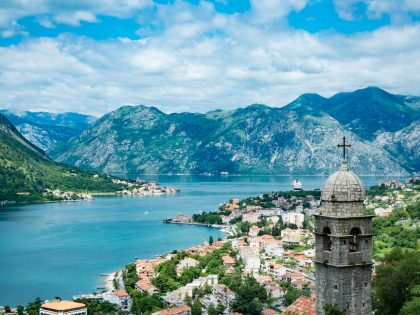Jared Thorne’s Black Folks
A black photographer who moved to South Africa from the US, explores the transcontinental dialogue between black middle class people the world over.

LUVUYO, by Jared Thorne.
Stencilled on the white walls of the Iziko Gallery ‘Annexe’ in Cape Town, South Africa, is this bell hooks quote from Black Looks: Race and Representation: “For some time now the critical challenge for black folks has been to expand the discussion of race and representation beyond debates about good and bad imagery. Often what is thought to be good is merely a reaction against representations created by white people that were blatantly stereotypical. Currently, however, we are bombarded by black folks creating and marketing similar stereotypical images. It is not an issue of “us” and “them.” The issue is really one of standpoint. From what political perspective do we dream, look, create, and take action?”
Hanging on the walls around the quote are, well, portraits of black people. At first glance that’s all it is. Pictures of black people, mostly against white backdrops looking melancholic. Representations of Cape Town’s self-made myth of the black middle class.

You might have heard that they don’t exist, and yet here they are, hanging off the walls, milling about the room with a glass of complementary wine (or tea) in their hands.
“When I moved from New York to Cape Town, I was surprised to see how middle class adaptation marries each other,” says Jared Thorne, the maker of the photographs. “There’s a common denominator. Some transcontinental dialogue between the black middle class the world over.”
Thorne began shooting these portraits back when he was in the States. Upon moving to South Africa, he began to realize similarities in how the black middle class lives, and exploring the parallels. “Paramount to my research is how social class plays a significant role in defining how one witnesses Blackness.”
“There’s something adaptable about the black middle class. We can hang out in leafy suburbs in one moment, and in the hood in the next. We’re coded that way. And we switch to suit whatever situations we’re in easily.”

The people in the pictures all look slightly hardened. The walls behind them almost always bare. The surroundings are simple and minimal. As if they’re ready to pack and leave if ever the moment arises. As if they’re tired of straddling two worlds. As if they’re fighting to carve out an existence. With a foot in the door and suitcase in the corner.
The selection process was random. It was just young black folks I happened to meet. People who would let me into their houses. But they all looked like they were still navigating a space. Still trying to find certainty.
But still, are they not just pictures of black people?
It appears to be subtle work, but it’s less subtle if you know. Everything you need to know is there. The signifiers are embedded in the images. The gaze, the way they stand, how they furnish their apartments. It all speaks to the idea of the black middle class being transitory. It doesn’t look like anyone has been or is going to be there for a very long time. This wasn’t meant to be didactic though. I’m not claiming to have made anything anthropological here. But I am rethinking the archives. I’m putting black people in spaces they aren’t normally seen in.
Thorne, ambitiously, wants to change the way history depicts black people. Tell a story that isn’t poverty porn, or ganglands gore, or activism. “I strongly believe that black people should create black content. What matters is the art’s historical context. Who reproduces? Who’s responsible for reconstructing the narrative?”
- Jared Thorne grew up in Boston, Massachusetts and has a Fine Arts Masters Degree from Columbia University. He lectures at Stellenbosch University and is a 2012 GIPCA fellow. The “Black Folks” exhibition runs until January 19th, 2013, at the Iziko National Gallery Annexe in Cape Town.

